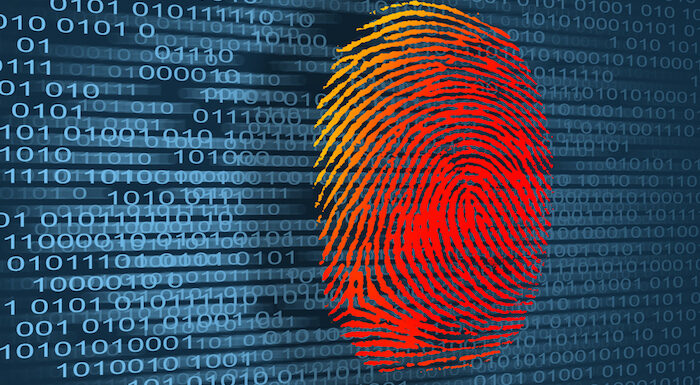
We’ve seen a general pattern of investigation in these cases. It begins with law enforcement suspecting someone of possessing child pornography, usually because law enforcement has seen the suspect online upload to or download from a known child porn site. Law enforcement obtains a search warrant, goes to the suspect’s home, and seizes any items—e.g., hard drives, cell phones, or computers—that could store digital media, including child porn. Law enforcement typically tries to interview the suspect and then decides whether to make an arrest. If the suspect is not arrested at that time, and child porn is discovered after forensic evaluation of their digital media, then the suspect will be arrested later, usually within 6 to 12 months.
Regardless of whether the suspect is arrested immediately or later, law enforcement submits the items suspected to contain pornography to a computer forensics unit to be analyzed. Because of the backlog of evidence waiting to be analyzed—child porn cases are much more prevalent than the public believes—this process can take several months. We’re currently seeing at least a six-month wait, sometimes up to a year, for forensic analysis to occur.
How the Government Investigates Computer Crimes
Child pornography images and videos have a unique “hash” number assigned to them. This is a computer code that is unique to each image and video, sort of like the “Bates stamp” used to number documents submitted as evidence. The hash codes for images and videos are typically compared to a Government database of known child pornography victims. If the hash numbers match, then the Government can tie a specific pornographic image or video with a known victim.
For example, suppose a particular image has a hash number of I23423594985043. The Government runs this number through a database, matches it with a 12 year-old victim named “Alexa” who was photographed in the Ukraine in the mid-1990s, and whom Ukrainian police have already confirmed was a minor at the time.
If the hash numbers do not match but it appears there is a child involved, then the Government will turn to the question of whether the suspect actually made the pornography. The Government will look for anything in the image or video—location, prescription bottles, or anything else—that would confirm whether the suspect made the child pornography.
Importance of Hiring a Computer Crime Legal Defender
It is imperative that a person suspected or charged with child pornography hire the right attorney. All kinds of defensive issues can arise in computer searches, from whether the initial search warrant was legal and based on probable cause, to whether the computer forensics are valid.
Contact expert computer crime defense attorneys at the Neal Davis Law Firm to discuss your case. Our Houston criminal defense law firm is experienced in charges involving computer crimes, including child pornography and sex offenses. We can get you real help, right away.

